The Foot Intrinsic Muscles and Their Role in Foot Pain
Common foot pain conditions such as arch or heel pain, plantar fasciitis, and metatarsalgia are commonly associated with an over-flexible foot and dropped arch – clinically referred to as over pronation.
Traditional treatments are often aimed at supporting the fallen arch with an external device such as an shoe insert or orthotic, or with medications such as cortisone injections into the foot.
While these treatments may help provide some relief, they are usually ignoring the underlying issue of weak and unsupportive muscles in the foot itself.
You see the foot relies on a complex system of muscles – referred to as the foot intrinsic muscles – to provide support and postural stability of the arch. Proper and complete treatment of most foot pain conditions requires that the strength and control of these muscles be addressed.
So in this article I will discuss the important role of the foot intrinsic muscles and outline some effective exercises for their rehabilitation.
The Foot Intrinsic Muscles
The foot intrinsic muscles consist of several smaller muscles located on the bottom of the foot. A recent article in the British Journal of Sports Medicine referred to the foot intrinsic muscles as like the ‘core’ muscles of the foot(1).
Just as the core muscles around the spine are essential to stabilize and protect the spine, the foot intrinsic muscles must do the same for the many bones and joints of the foot. In fact, weak foot intrinsic muscles can cause a lower arch height and foot over-pronation.
Weakness of these intrinsic foot muscles will be evident when looking at the posture of the foot (the arch will be flat, or the toes will be bent in a hammer or claw toe position) either in a basic standing position, or in more subtle cases during dynamic activities such as walking or running.
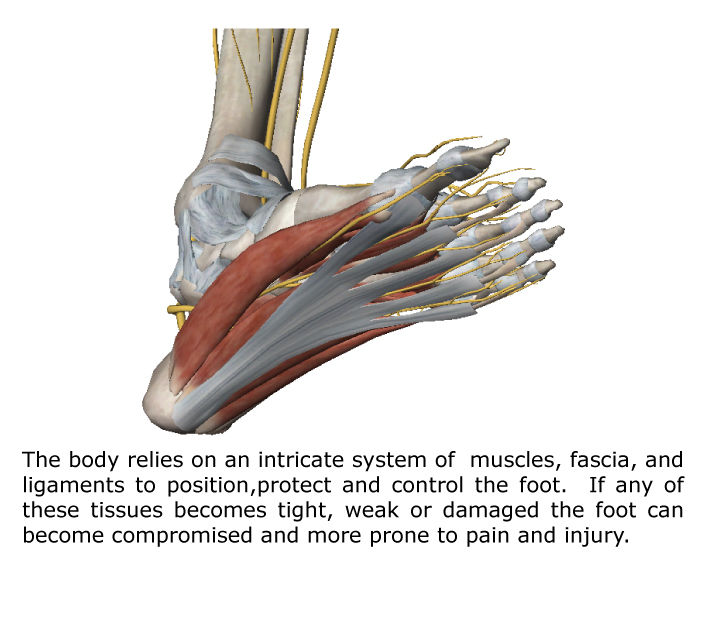
Foot Intrinsic Muscle Exercises
When the foot intrinsic muscles are weak and unable to support the foot properly they must be strengthened. This can be done through a series of foot intrinsic exercises, which like other exercises can be progressed and made more challenging over time to stimulate msucle adaptations in strength, control, and endurance.
These exercises are usually performed as a home-based exercises in conjunction with in office care such as Active Release Techniques (ART) or joint mobilization/manipulation of the foot and ankle.
1. MPJ Flexion Exercise
This exercise takes advantage of the ability of the foot intrinsics located more towards the forefoot, particularly the lumbricals as well as the dorsal and plantar interossi. These muscles are commonly involved with postural abnormalities of the toes, such as hammer toes.
- With the foot in a non-weight bearing position actively push the 2-5 toes down while pulling the big toe up
- Focus on flexing the joint where the toes meet the forefoot as opposed to curling the toes
- Hold each contraction for a few seconds, then relax the foot. Repeat 10-15 times for 3-5 sets.
- As you gain strength and control you can increase resistance by pushing against the toes with your hand
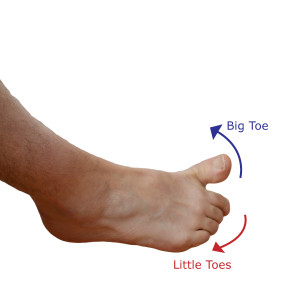
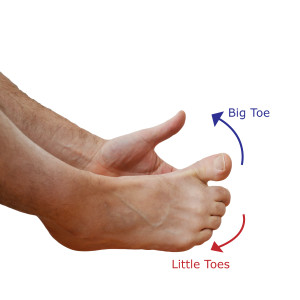
2. Toe Spreads
This exercise has been shown to be particularly effective in training the abductor hallicus muscle – a major stabilizer of the arch as forefoot – as well as the abductor digiti minimi – the major stabilizer for the outside of the foot. It will also work the dorsal and plantar interossi.
- Begin by lightly squeezing the toes together and hold for a few seconds
- Then splay the toes outwards trying to separate the toes and hold for a few seconds. Try not to curl your toes as you do this.
- As you gain strength and control you can add resistance by pushing back against your toes as you spread them away from each other.
- Repeat 10-15 times for 3-5 sets.
Note: If you have difficulty performing this exercise it can be helpful to place small objects such as cotton balls or pencils between your toes to act a guide and facilitate the desired movement.
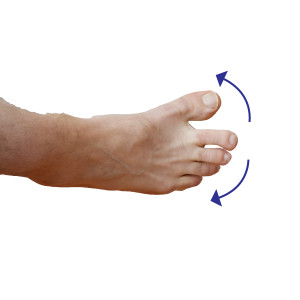
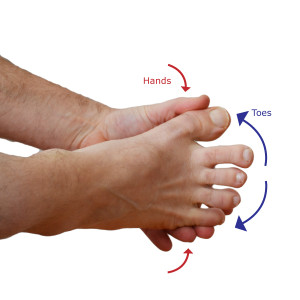
References
1. McKeon, P. The foot core system. BJSM. 2014; Mar 21: epub ahead of print
2. Headlee et al. Fatigue of the plantar intrinsic foot muscles increased navicular drop. J Electromyogr Kinesiol. 2008 Jun; 18(3): 420-5.
[gap height=”30″]
